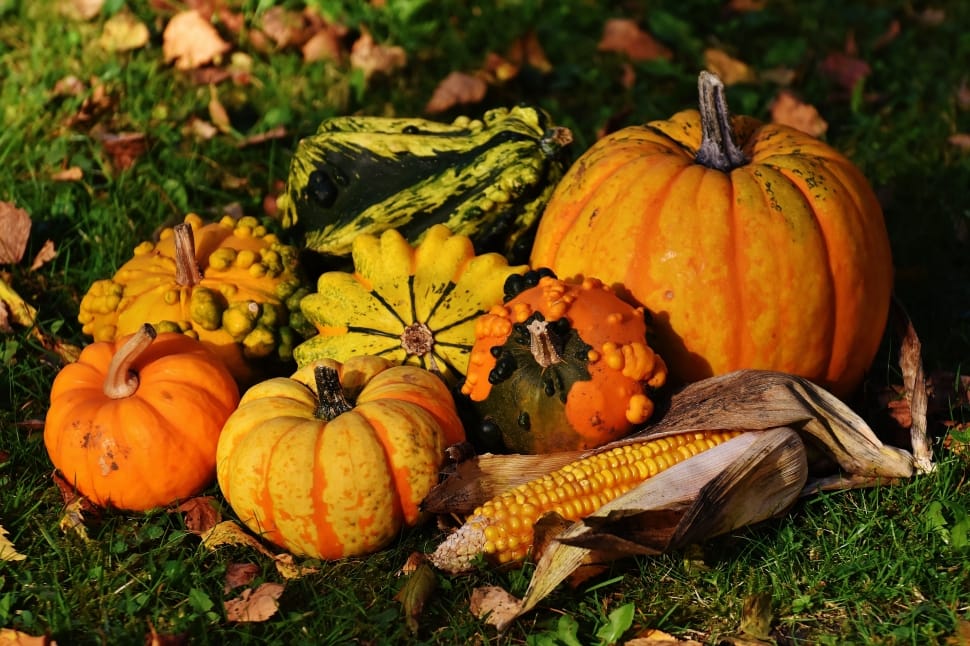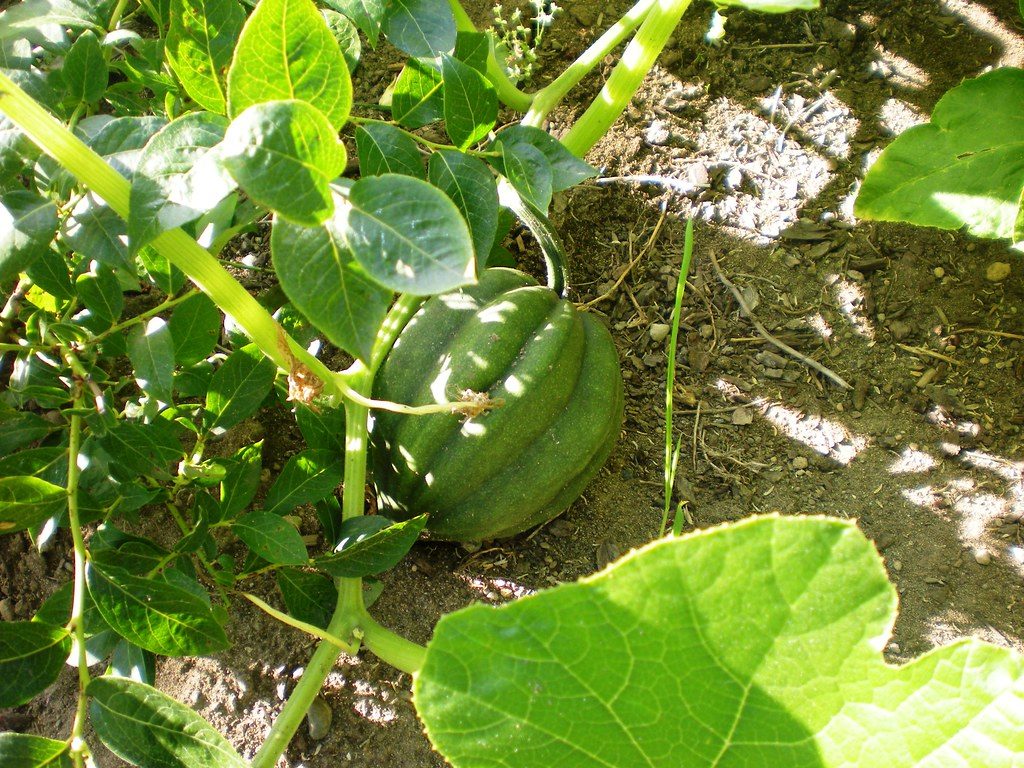Local Foods Newsletter – October
go.ncsu.edu/readext?628894
en Español / em Português
El inglés es el idioma de control de esta página. En la medida en que haya algún conflicto entre la traducción al inglés y la traducción, el inglés prevalece.
Al hacer clic en el enlace de traducción se activa un servicio de traducción gratuito para convertir la página al español. Al igual que con cualquier traducción por Internet, la conversión no es sensible al contexto y puede que no traduzca el texto en su significado original. NC State Extension no garantiza la exactitud del texto traducido. Por favor, tenga en cuenta que algunas aplicaciones y/o servicios pueden no funcionar como se espera cuando se traducen.
Português
Inglês é o idioma de controle desta página. Na medida que haja algum conflito entre o texto original em Inglês e a tradução, o Inglês prevalece.
Ao clicar no link de tradução, um serviço gratuito de tradução será ativado para converter a página para o Português. Como em qualquer tradução pela internet, a conversão não é sensivel ao contexto e pode não ocorrer a tradução para o significado orginal. O serviço de Extensão da Carolina do Norte (NC State Extension) não garante a exatidão do texto traduzido. Por favor, observe que algumas funções ou serviços podem não funcionar como esperado após a tradução.
English
English is the controlling language of this page. To the extent there is any conflict between the English text and the translation, English controls.
Clicking on the translation link activates a free translation service to convert the page to Spanish. As with any Internet translation, the conversion is not context-sensitive and may not translate the text to its original meaning. NC State Extension does not guarantee the accuracy of the translated text. Please note that some applications and/or services may not function as expected when translated.
Collapse ▲Welcome to the N.C. Cooperative Extension, Currituck County Center’s Local Food Newsletter! This month’s edition will be focused on acorn squash. Enclosed you will find fun facts on acorn squash including: planting tips, nutritional information, squash selection, a tasty recipe, and more! This newsletter also includes an interactive map that is linked to Google Maps. Users can click on their desired local foods operation and be given directions to the business. Following the map is a quick-reference table containing the local businesses in the area that sell local acorn squash. Don’t forget to check out our upcoming local food classes! For email reminders of future local foods newsletters fill out this short form.

Food Highlight
Fun Fact. Acorn squash is a type of winter squash aptly named for the shape of the squash. When mature, these squash are a deep green color with large ridges. Winter squash are harvested in the fall and include a variety of gourds such as acorn squash, butternut squash, spaghetti squash, and pumpkins. Their thick skin, or rind, allows the squash to be stored for months before they go bad. Because of this, winter squash were an important food to initial settlers here in North America. This native vegetable was a common plant grown by Native Americans as well. Interestingly, they preferred the seeds to the flesh, as the flesh was considered too hard to be eaten.

Planting. Acorn squash, as well as other winter squash, can be planted starting in April through August here in Currituck. Because of this long planting season, and their quick growth rate, homeowners can plant two crops of acorn squash a year if desired. These squash can be planted either as seeds or as transplants to accelerate their growth. Regardless of if they are seeds or transplants, acorn squash should be planted three feet apart to allow for adequate room to grow.

Cooking Spotlight
Nutritional information. Acorn squash is full of complex carbohydrates and fiber. Although many diets shy away from carbohydrates, they are actually one of the 7 essential nutrients our bodies need. Carbohydrates fuel our bodies, giving us energy and helping our brain to function properly. Fiber plays a key role in the body’s digestive system. Potassium, niacin, iron, and beta-carotene are also nutrients found in acorn squash. In the body, beta-carotene becomes Vitamin A, essential for healthy skin, vision, bone development and, many more body functions. Generally, the darker the orange color, the higher the beta-carotene or Vitamin A.
Selecting. When selecting squash look for ones with hard shells, no soft spots and a heavyweight for size. Soft spots indicate the squash was picked too early, and a lightweight indicates that the inside of the squash has begun to dry. If properly stored, acorn squash can last up to 3 months in a cool, dry space.
Stuffed Acorn Squash

Ingredients:
- 1 medium acorn squash
- 1/2 medium sweet potato
- 3 turkey sausage patties
- 1/2 cup steamed spinach
- 1 dried oregano
- 1 t onion powder
- 1 t garlic powder
- 1 T butter
Instructions:
- Preheat oven to 400°F and on the stovetop, add 3 cups water to a medium pot for boiling
- Cut squash in half, scrape out the seeds, and bake for one hour at 400°F until the flesh is soft.
- In the meantime, peel the sweet potato and chop into uniform cubes for mashing.
- Add sweet potatoes to the boiling water, and cook for about 15 minutes. Place the turkey sausage patties in a separate dish and put them in the oven twenty minutes before the squash is to come out.
- When the squash comes out of the oven, remove the flesh with a spoon, reserving the shells. Mash and whip the sweet potato and squash together. Add all other ingredients to this mash, mix, and spoon back into the squash shells. Bake an additional 15 minutes.
Nutrition information per serving (2/3 cup): 130 calories, 7 fat (2.5 g saturated fat), 5g protein, 320mg sodium, 4g dietary fiber. Excellent source of Vitamins A & C. Good source of iron.
Recipe adapted from UGA’s University Health Center Recipe Archive
This interactive map contains many of the businesses in Currituck that sell local produce. To view the map legend, click the small square box at the left of the map name. This should bring up a list of the direct sale markets, pick-your-own operations, roadside markets, vineyards and breweries, and N.C. seafood operations on the left. You can then click on the pins on the map or on the legend to view each local business. Each listing will contain a contact number, operating season and hours, and produce the business sells. If you click the View in Google Maps option below the description you will be given directions to the business from your current location.
Highlighted Businesses
The highlighted business section shows the businesses that sell the month’s highlighted local food. This month we have three businesses that will be open and selling acorn squash. Information on those businesses can be found in the table below, or in the interactive map above.
| Name | Phone | Hours | Address |
| Powell’s Roadside Market | (252) 339-9923 | 7:00 a.m. – 8:00 p.m. | 2138 Caratoke Hwy, Moyock |
| Grandy Greenhouse & Farm Market | (252) 453-2658 | 8:00 a.m. – 5:30 p.m. | 6264 Caratoke Hwy, Grandy |
| Morris Farm Market | (252) 453-2837 | 9:00 a.m. – 6:00 p.m. | 3784 Caratoke Hwy, Maple |
For email reminders of upcoming local food newsletters fill out this short form. If you have a local food operation you would like advertised in upcoming installments, please fill out our producer form or contact Adam Formella by email or phone at Adam_Formella@ncsu.edu or 252-232-2262.




